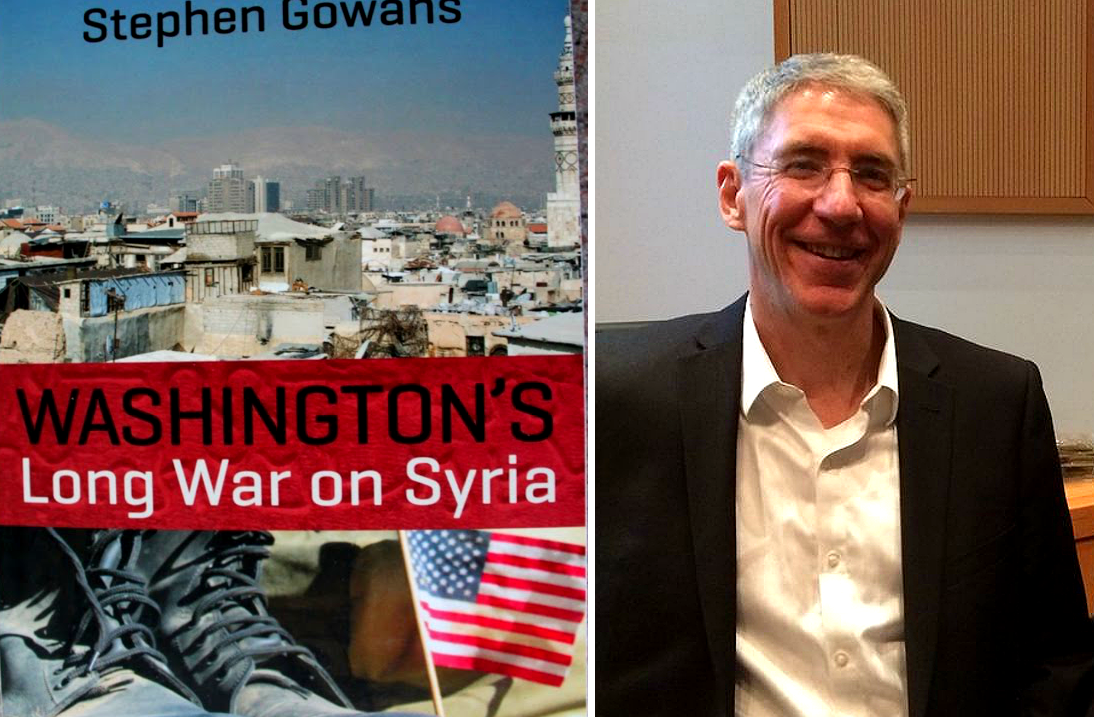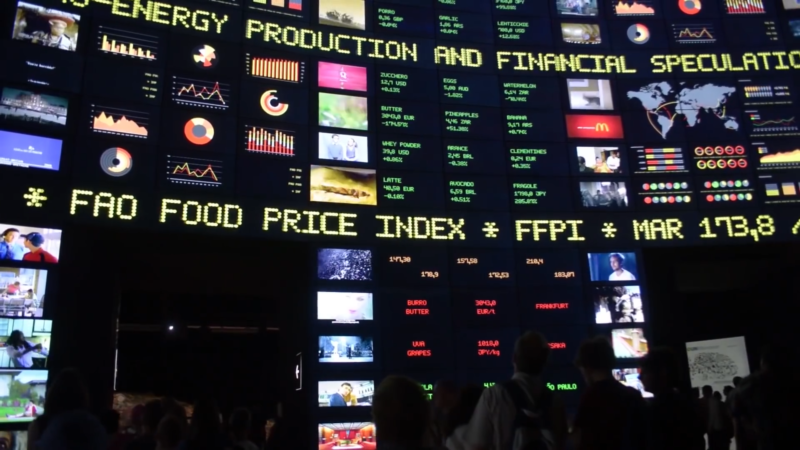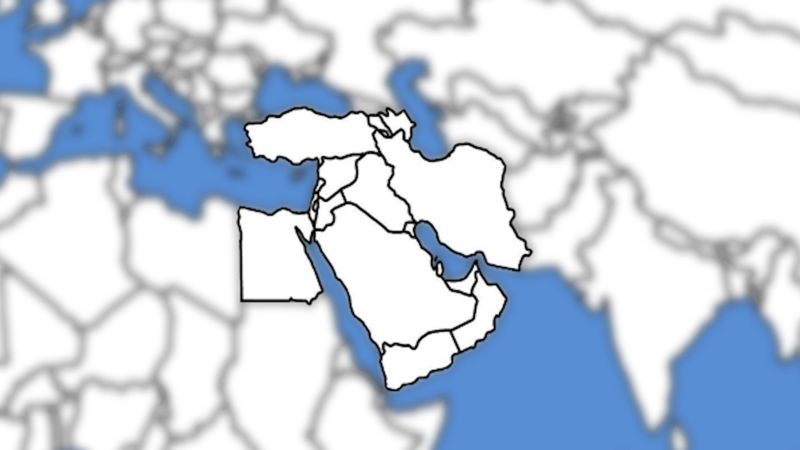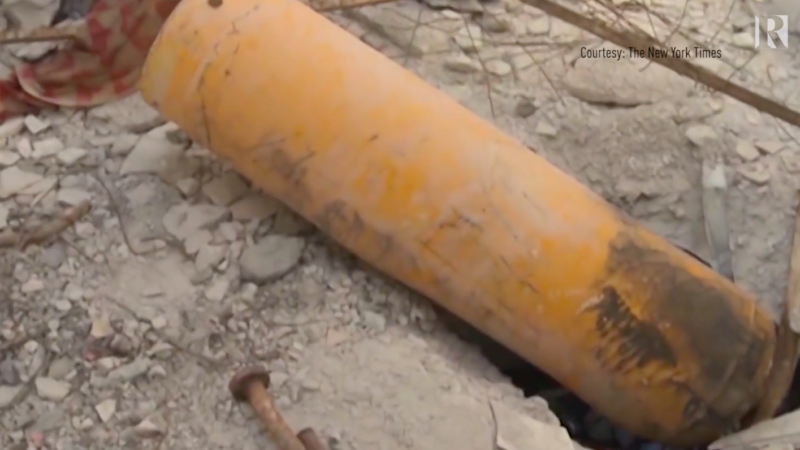Canadian analyst, Stephen Gowan’s new book, ‘Washington’s Long War on Syria‘, reveals how the US colluded with The Muslim Brotherhood – the ideological precursor to Al Qaeda and ISIS – to destroy Ba’ath Arab Socialism in Syria, Iraq, Iran and Libya, and install permanent free-trade zones that serve US interests across The Middle East.
From Syria, to Iraq, Iran to Libya, our understandings of the long-wars in the Middle-East as moral, humanitarian interventions designed to democratise and civilise are the result of a carefully crafted propaganda campaign waged by the US and its allies.
Each of these uprisings were launched by US proxies, designed to destabilize the regions, justifying regime change that suit the economic interests of its investors, banks and corporations, captured comprehensively in a new book by Canadian author and analyst, Stephen Gowans, Washington’s Long War on Syria.
You might be surprised to know that both the Libyan, Syrian and Iraqi government, led by Muammar Gaddafi, Hafez Al Assad, (succeeded by Bashaar Al Assaad) and Sadaam Hussein respectively, were socialist governments. Or Ba’ath Arab Socialist governments, to be precise.
Ba’ath Arab Socialism can be summed up in their constitutions supporting the values of: ‘freedom of the Arab world, freedom from foreign powers and freedom of socialism’.
Its doctrine was supported in Libya, as it was in Iraq and Syria. Of course, particularly in Hussein’s case, we cannot claim that these governments were without their problems. Ethnic cleansing is not to be overlooked, but condemned on the strongest grounds. But of course these were not the reasons the US and its allies decided to get into it.
“For the last quarter of a century, the US and its allies have waged highly destructive campaigns of economic warfare against Syria and Iraq, the economic equivalent of nuclear war,” writes Gowans, “and have done so because they are opposed to Ba’ath Arab Socialist efforts to bring politics and the economics of the Arab world under the control of those who live and work in the Arab world.”
In the case of Iraq, it had combined its oil wealth with public ownership of the economy, leading to what is known as ‘The Golden Age’, where, according to a State Department Official: “Schools, universities, hospitals, factories, museums and theatres proliferated employment so universal, a labour shortage developed.”
When the Ba’ath Arab Socialists were driven from power in Iraq, the US installed military dictator, Paul El Briener who set about a ‘de-Ba’athification’ of the government, expelling every member of the Ba’ath Arab Socialist party and imposed a constitution forbidding any secular Arab leader from ever holding office in Iraq again.

The same State Department Official had written of Gadaffi in Libya that combining its oil wealth with public ownership of the economy “enabled Libyans to live beyond the wildest dreams of their fathers, and grandfathers.” Gadaffi would soon be removed by Islamists, backed by NATO forces after Western oil companies agitated for his removal because he was “driving a hard bargain”. Canadian paramilitary forces even quipped that they were “al-Qaeda’s air-force”.
Around the same time, against the backdrop of the 9/11 terror attacks, a retired US Army General, Wesley Clark told a reporter that during a trip to the Pentagon, he had heard of plans to attack Iraq, Libya and Syria. All three plans came to fruition within 10 years. By 2002 President Bush had added Syria to his axis of evil regime change list, joining Iraq, Iran and North Korea, using the (with the exception of North Korea) bogus claims of Weapons of Mass Destruction to justify humanitarian intervention.
“Weapons of mass destruction claims were used as a pretext to topple the denounced socialist government in Baghdad and privatise the economy,” Gowans said.
The US has been trying to abolish socialism in the Middle East since the 1950s, when it conspired with London to purge Arab nationalists and communist leaders from Syria for having the audacity to threaten US economic interests in the region. The charge was led by Kermit Roosevelt, who had similarly helped overthrow Iran’s Mohammad Mossadeq for nationalising its oil industry in 1953 and installed the Shah of Iran, Mohammad Reza Pahlavi, who was sympathetic to its interests.
The Muslim Brotherhood – ideological precursors to al-Qaeda and ISIS – has been on a mission against the governments of Syria, Libya and Iraq dating back to the 1970s when it declared a ‘war without end’ against Ba’ath Arab Socialism which it viewed as being incompatible with the Quran.
The US found an ally and strange-bedfellow in the Muslim Brotherhood, which could carry out its economic decree by proxy.
In Syria, the Muslim Brotherhood had tried unsuccessfully to remove Hafez al-Assad from power during the 1970s, launching a US armed, trained and backed guerilla warfare campaign against the capital, Alleppo, assassinating Ba’ath Arab Socialists, murdering state officials and army officers, and launched assaults on government headquarters and military bases. The uprising was crushed by overwhelming government military force, and in 1973 Ba’ath Arab Socialist President, Hafez Al Assad, crafted a constitution to unify the Arab world to overcome religious sectarianism in order to liberate the region from foreign domination and form a modern, indigenous economy with public ownership and planning, solidifying his Presidency for the time-being.
It tried again in 1982 when it seized control of Hamah, Syria’s fourth largest city, murdering Ba’ath Arab Socialists in a bloody rampage. Almost every government official was executed, mainly via decapitation. Again the Syrian Army rose to quell the uprising, seizing 15,000 Arab supplied machine guns, along with Jordanian, CIA-trained paramilitaries. And in the 1990s it formed an alliance with other sectarian Sunni political Islamists to form the National Front for the Salvation of Syria, designed to assassinate Assad and establish an Islamic state based on the teachings of the Quran.
The Muslim Brotherhood met with the White House twice in 2006 and several times in 2007 when it was founding the National Salvation Front, working together to destabilise the regions, and to install fundamentalist Islamic leaders who just so happened to believe in free trade.
Bashar al-Assad seceeded his father after his death in 2000 and has been all that stands between secular and Islamic fundamentalist rule ever since. And of course, the US found itself working, once again, with the Muslim Brotherhood for Asaad’s removal ever since.
But because it had its hands full with pacifying Iraq, and Afghanistan, regime change in Syria was out of the question. In 2003 the US instead launched economic sanctions against the country, “to do what sanctions are intended to do,” writes Gowans: “Destroy economies so ordinary people rise up to overthrow their governments.”
“Sanctions are an effective propaganda tool, also. Once you have ruined an economy, you can blame its economic decline on the fact that the government had pursued socialist policies which devastated the region.”
By spring of 2012 the sanctions had forced officials to stop providing healthcare, social services and education in some parts of the country. In 2016 a leaked UN document reported the sanctions were causing huge suffering, to the extent it was preventing the country from accessing humanitarian aid.
“The sanctions in Syria have been destroying the country for the past 14 years,” writes Gowans. “We see attacks carried out by Washington’s proxy guerilla armies, beheadings, eviscerations and BBQing of heads, but we don’t see the invisible effects of sanctions.”
The author noted that the Arab Spring, sparked by the Daara riots are not, as it was reported by the corporate press, a peaceful bid for liberal democracy “but a resurgence of Syria’s decades long battle between Islamists and secularists, egged on by the US and its allies, who needed a proxy to carry out a war in Iraq and Syria”.
(Today’s Syrian rebels were in fact trained and armed by US intelligence in Jordan and Qatar, with the help of, you guessed it, The Muslim Brotherhood).
In each of these instances: Iraq, Syria, and Libya (and Iran before them), the US intervention has not been one of democracy or even national security, but an attempt at creating free-trade zones in the Middle-East, even if it means installing fundamentalist dictators that impoverish and oppress their own people.
Watch the video above for an excellent summary of the book and a chronological understanding of what really happened in Syria, Iraq, Iran and Libya.
Washington’s Long War On Syria is available to purchase on Amazon and all good book retailers.

Why is the West looking around the world for a war?

Has the time come for the people of West Asia to reclaim political and media narratives stripped from them by Western imperialism?

Are the chickens finally coming home to roost for the BBC?